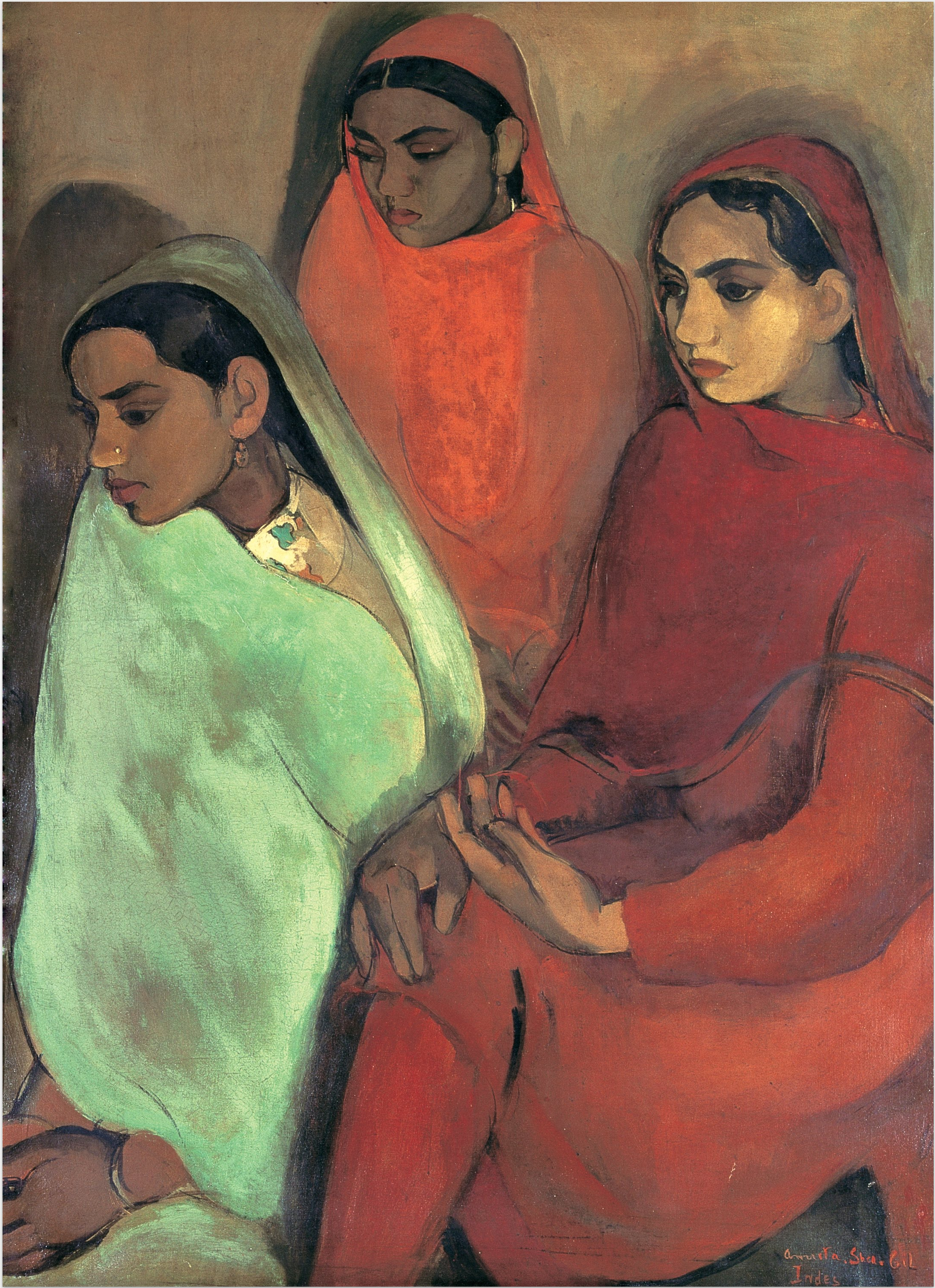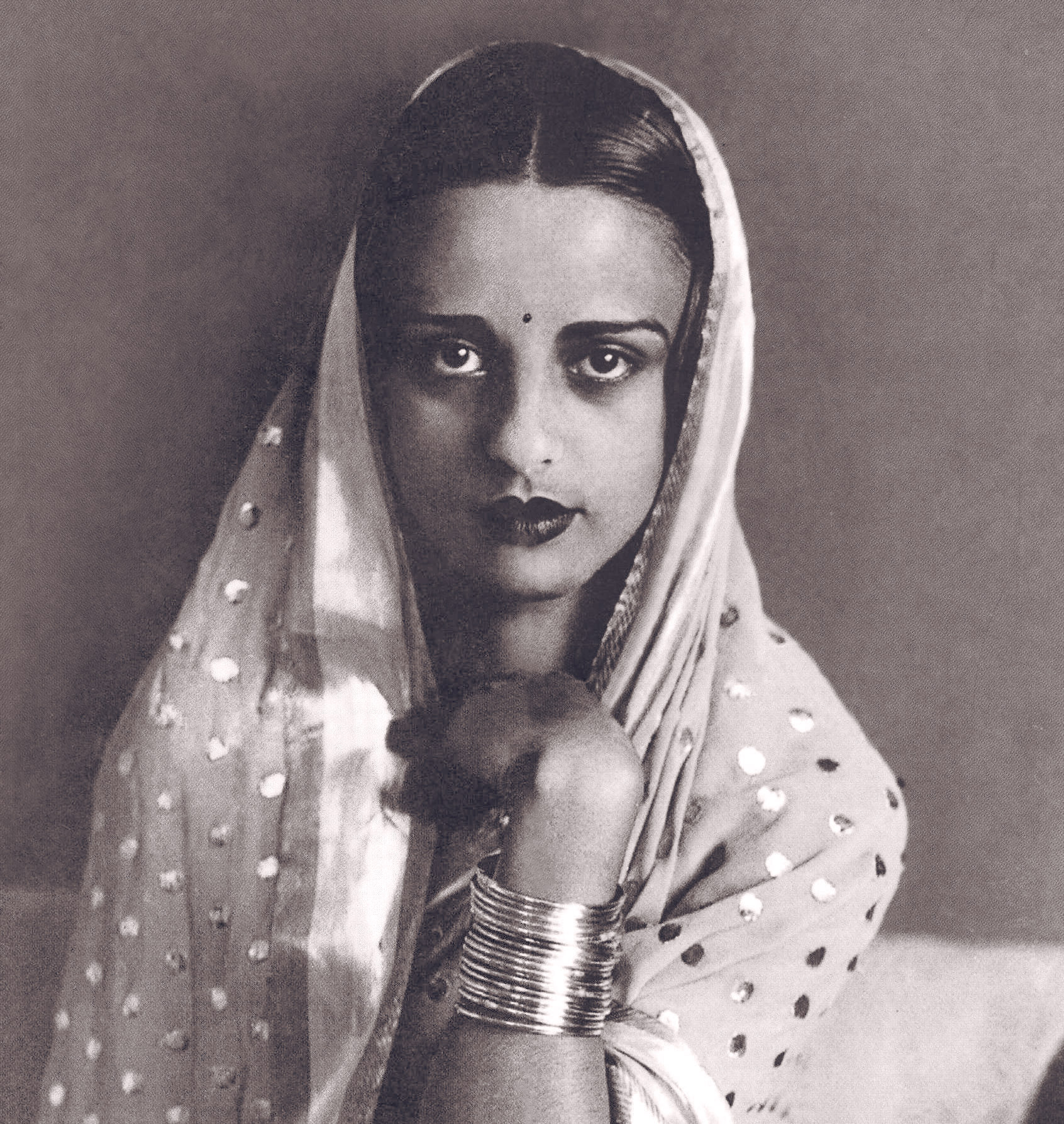Occasionally called India's Frida Kahlo (mainly because of a superficial facial resemblance rather than her art), Amrita Sher-Gil was born in 1913 to a Punjabi Sikh father and a Hungarian-Jewish mother. She spent most of early childhood in Budapest but moved to India in 1921, and started painting at the age of eight. After a brief stint at an art school in Florence in 1923 she returned to India the following year and stayed until she was sixteen years old. She then sailed to Europe with her mother to train as a painter in Paris. Initially influenced by European painters like Cezanne and Gauguin, her painting Young Girls in 1932 led to her becoming the youngest ever and only Asian (!) to be elected as an Associate of the Grand Salon in Paris in 1933. She returned to India in 1934.
I grew up in Bombay (as it was then) in India in the ‘50s and ‘60s, and the only two Indian painters I had heard of were Amrita Sher-Gil and M F Husain. I was always attracted to her work rather than the more abstract Husain, but without knowing why. Now that I am so much older I believe it may be because of her extraordinary background and the strength of character she needed in order to become a famous painter—both as an Indian and a woman. Especially at a time when Indian society was much more conservative and Indians were under the rule of the British Raj, her strength and story shined through in the quiet confidence of her work.
While I like her earlier work as well—it is relatively European in style and not overtly Indian—to me, it was only when she started exploring Indian themes that she produced work that truly differentiated her from anyone else. Her travels around India intensified her identification with the plight of women, and particularly village women are the focus of her later art. I especially like Group of Three Girls, her first work after she returned to India, because the focus is intimate and entirely on the women themselves, with no room given to pots or mats or walls (such as are often found in her other Indian paintings) to distract the viewer from contemplating what these three women are thinking and what is going on in their lives. She died in Lahore in 1941 for reasons that are unclear, leaving us to wonder how much more she might have left us if she had been given the chance.
- Michael Anderson


 Amrita Sher-Gil
Amrita Sher-Gil